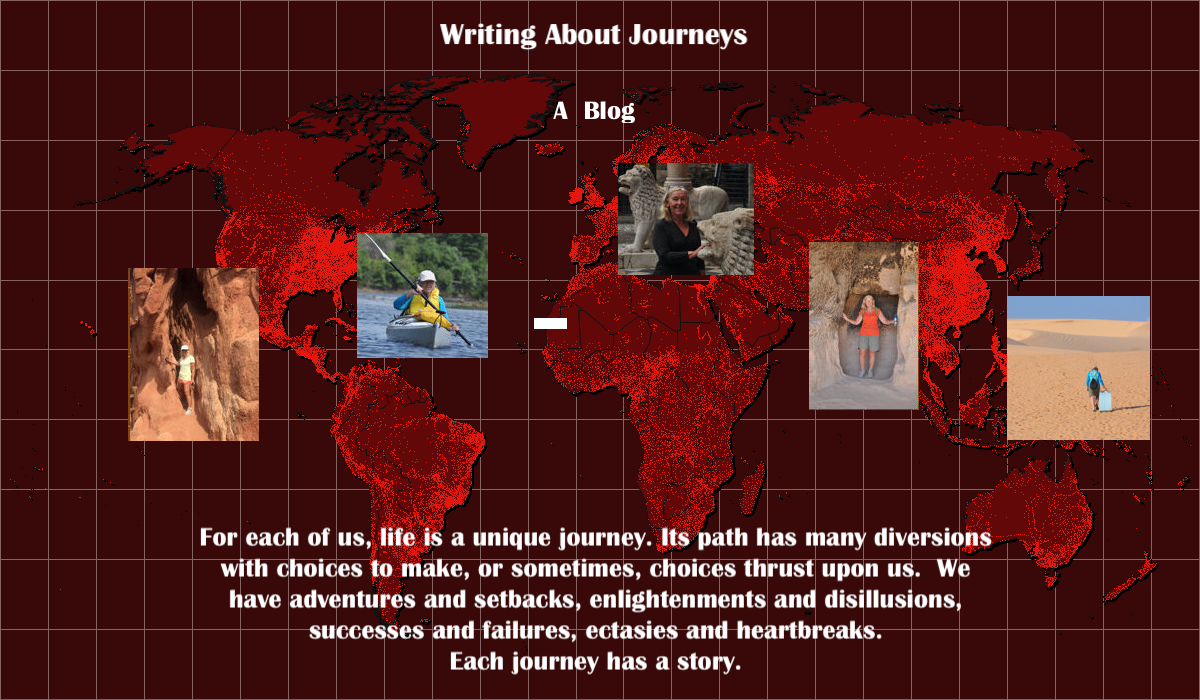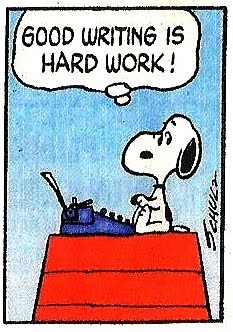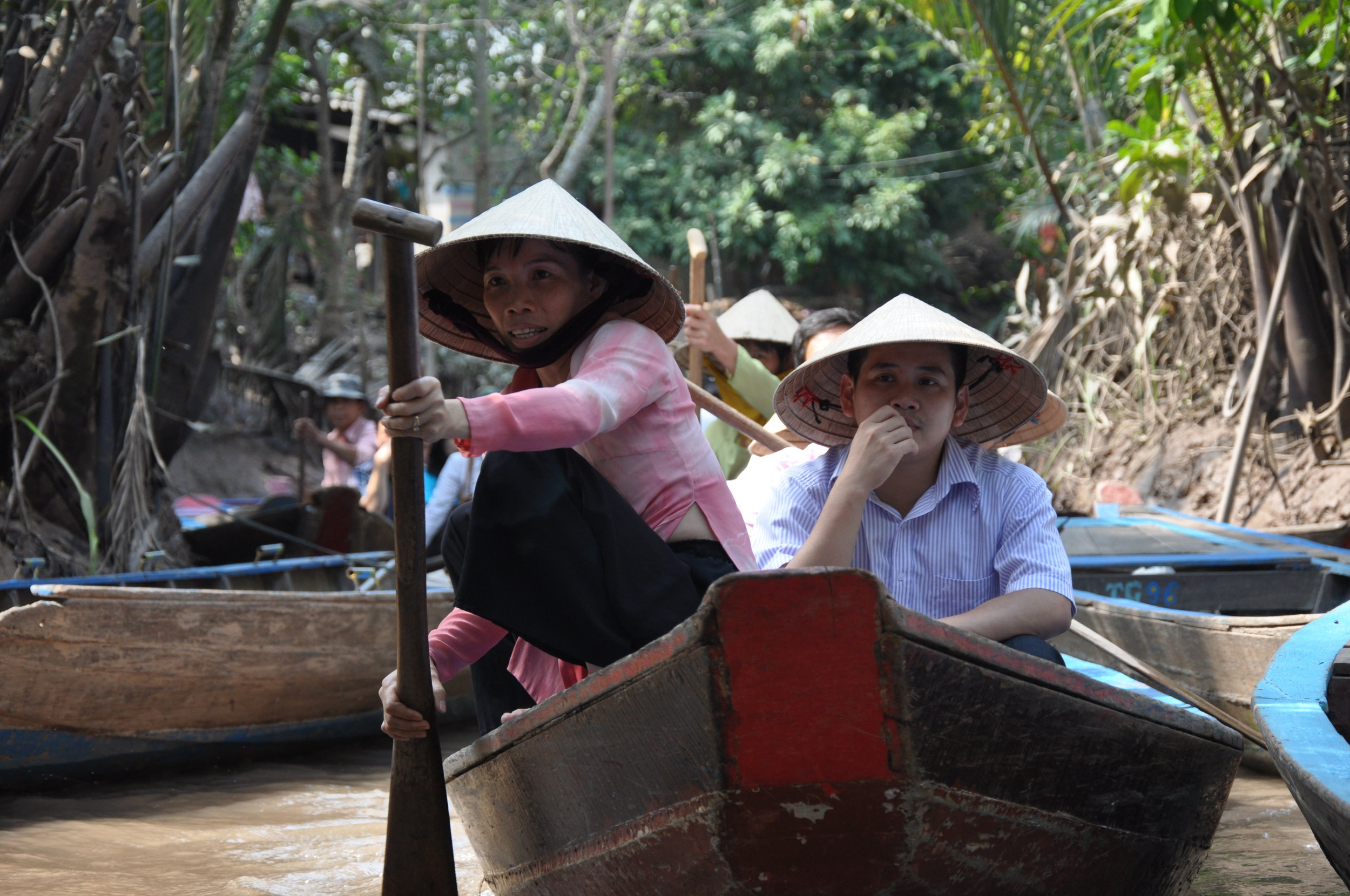“We were all on this ship in the sixties, our generation, on a ship going to discover a New World.”
John Lennon
The oversized garage-style doors of the ferry terminal opened and the crowd moved out toward the swaying wooden pilings of the dock and over the lowered gangplanks. It was a rush for premium seating purchased for a nickel. I made a beeline for the stairs so I could claim an outdoor seat on the upper deck, right side, that would face the Brooklyn shoreline, the military base on Governor’s Island and the morning sun.
My fellow passengers were a mixture of types—business men and women, many of whom worked on and around Wall Street, retail workers for the large department stores, civil servants, blue collar workers, and students headed to one of the many colleges in Manhattan. They read newspapers, scanned notes, got their leather shoes spiffed up by one of the roaming shoeshine guys, drank coffee, ate something purchased in the terminal or at the onboard snack bar, or they socialized with friends. Few tourists were aboard during early commuter times.
I’d taken this ride many times before, either with my mom for shopping excursions or with my dad to visit his office and have lunch. That day I felt a mixture of excitement and apprehension because it was my first day commuting to study design at the Fashion Institute of Technology on West Twenty-Seventh Street.
For four years, I’d gazed out the windows of high school classrooms framing the southern tip of Manhattan across this bay. Mine was a sheltered environment of ritual, conformity, conservative values and large, close family connections. This would be a new chapter in my life filled with new challenges and ideas. I tried to quell my nervousness by contemplating the horizon though The Narrows, breathing in the salty air, and enjoying the familiar sounds of overhead seagulls, passing tugboats, and the steady slap of water as the ferry moved through the waves.
When we bumped into the wooden pilings of The Battery and the gangplank clanged down, I began my adventure into the tumultuous 60s.
I navigated the next two years hauling around an over-sized black portfolio and devouring Women’s Wear Daily. Two interesting books for me then were The Psychology of Clothes by J.C. Flugel and The Naked Ape by Desmond Morris.
My memories recall a patchwork of events that were sometimes euphoric but often achingly sad. The can-do optimism of John Kennedy’s election came to a crashing halt with his assassination in 1963. I was in a biology lecture when we were told he’d been shot. Class was dismissed and by the time I reached the lobby on the ground floor, the loud speaker announced he was dead. I cancelled plans to attend a Broadway play with a friend that evening and went home. We felt numb and besides, all Broadway shows had closed down. Like many of my generation, I spent the next three days weeping and glued to the TV watching reruns of the assassination in Dallas, the return of the body to Washington, D.C., the swearing-in of LBJ, the funeral preparations, the hunt for the killer, the shooting of Lee Harvey Oswald by Jack Ruby on camera, the lying-in-state in the Capitol rotunda, the funeral procession, Mass, burial and eternal flame. It seemed the whole city—no, the whole world, was in mourning.
A few months later, America was introduced to music that was anything but sad and like many I was ready for something to lift my spirits. The Beatles were the perfect antidote. I first heard “I Want to Hold Your Hand” over the sound system of a Manhattan ferry terminal and it felt like a major cultural shift. Along with much of the nation, I soon saw the Beatles arrive at Kennedy Airport via the CBS Evening News with Walter Cronkite. Two days later, I watched their American TV debut on the Sunday evening Ed Sullivan Show broadcast from Studio 50 on Broadway. After that, my study time was often interrupted listening to “The Swinging Soiree with Murray the K” on WINS radio in New York —my main source for listening to Beatles music and for hearing Beatles gossip. Murray the K called himself “The Fifth Beatle” and broadcast from their suite at the Plaza Hotel.
By 1963, the Vietnam War was seeping into the American consciousness. It was coming into our living room every night via television news. The 400 troops originally sent by President Kennedy in 1961 had been increased to 16,000 and New York City had a couple of anti-war protests.
I finished an associate degree in 1964 and worked at a succession of fashion-related jobs I didn’t like, so I was in a funk. The Vietnam situation was worse (23,000 troops). The city had more anti-war demonstrations and a few young men burned their draft cards. I paid attention but I was more focused on figuring out my personal goals.
The Beatles’ popularity increased and remained an antidote to the bad news. That year I went to see them at Shea Stadium in Queens along with 56,000 other fans. I was in a nosebleed seat, so high up I had to strain my eyes to see the stage but when the Beatles arrived by helicopter, it was electric.
By 1965, the Vietnam War troops had mushroomed to 190,000. The city had a few more draft card burnings but also a pro-Vietnam march. The times were so controversial that my favorite rock radio station, WINS, changed to an all-news format. The biggest event in the city, The New York World’s Fair, was focused on “Peace Through Understanding.” Exhibitions centered on the space race, technological innovations and culture. Large new machines called computers were introduced to many, including me, for the first time.
I decided to go back to school and get my bachelor’s degree. I didn’t have much money so I took a job at New York University near Washington Square in Greenwich Village because it offered free tuition. For three years, I took evening classes and worked days in the registrar’s office. A couple of the books I read for fun were The Group by Mary McCarthy and for the first of many times, A Moveable Feast by Ernest Hemingway.
I lived on Eighth Street for a short period but mostly I commuted. My morning walks from the subway station took me past a fruit cart where I often bought an apple for lunch then past a university building, infamous for a tragic fire in 1911 that killed 146 garment workers.
On my lunch hours and occasional evenings, I explored The West Village. On cold days I wore a funky thrift shop fur that fit in to the bohemian vibe of the area. Walking through the narrow streets down there, it wasn’t unusual to see well-known performers hanging out on a stoop or walking along wearing jeans trimmed with jingle bells. It was a scene filled with psychedelic posters, folk clubs, coffee houses, head shops and small expensive clothing boutiques like Chiaroscuro (which became a favorite new word). My favorite store, Azuma, on Eighth Street, sold paper goods and little oddities. It was in front of that store that a guy offered me a part in a student film about Renoir. I felt flattered that I could be film-worthy but wondered if I needed to lose weight because most of Renoir’s subjects were fleshy. It also dawned on me that he painted a lot of nudes. I was definitely not willing to go there so I declined to make my film debut.
I did make friends in the Village and one them sometimes went to The Bitter End on Bleeker Street with me so I could listen to (and look at) singers like Jake Holmes or Eric Andersen. In return, I went with him when Joni Mitchell was singing. All were a treat. I helped that friend move into an apartment too. At that time, you could find cheap rent in The Village and you got what you paid for. I’ll never forget opening the refrigerator that came with the place and seeing an army of cockroaches pour out.
Some of my friends lived in the East Village, which had even cheaper rents. I once went to a party there and didn’t get home for several days because citywide transportation had shut down. It was due to The Great Northeast Blackout. It was a lark at first but the city was scary in the pitch-black evenings with no traffic lights working and soon garbage began to pile up in the streets. The girls I stayed with had some interesting friends to bide the time with though. One guy took me to an East Village art cinema. The film was fine but the art exhibit in the lobby made me gag—lots of bloody scenes that were hard to make sense of. The Fillmore East on Second Avenue was in the East Village and some of my friends went there for concerts. It was pretty much a drug scene and the building was a firetrap so I avoided it. I preferred the outdoor concerts in Central Park and one of my favorites was by Jim Kweskin and the Jug Band.
The Vietnam War continued to escalate in 1966 (385,000 troops) and 1967 (486,000 troops). There were more draft card burnings at Union Square and in the Sheep Meadow at Central Park. The SDS (Students for a Democratic Society) often had sit-ins in the lobby of the university building where I worked and there was a huge anti-war march with hundreds of thousands participating. New York had a “Flower Power” Day and there were several “Be-ins” in Central Park to protest the war and racism, at least one attracting 10,000 people. I was against the war but I shied away from the large events that often drifted into hippie free-for-alls or clashes with cops.
There was protest of a different sort in my house. My two oldest brothers grew mustaches and shoulder-length hair, much to my father’s dismay. Coincidentally, the musical Hair opened on Broadway. There were also heated discussions about the war. Dad was a proud veteran of World War II and couldn’t understand our objections to the Vietnam conflict. When one of my brothers got a low draft number, he avoided the Army, not by going to Canada as some of his college friends suggested, but by joining the Navy. Dad was proud of him but we were all worried about his safety.
LSD, which is now illegal, had become recreational by then and was accompanied by light shows and hypnotic sitar music. It seemed like everyone was getting high on one form of drug or another, but I was observing too many stoners and the effects of “bad trips” to want to participate. The closest I came was seeing a light show at the Museum of Modern Art and reading Tom Wolfe's book, The Electric Kool-Aid Acid Test.
I did attend “A Happening in Central Park” (a Barbra Streisand concert in the Sheep Meadow). It was free and it was sponsored by Rheingold beer. I got there early with friends but we couldn’t see the stage due to the crowds. We spread out a blanket, had a picnic, and enjoyed the festive scene anyway. It was humid and rain was threatening but when the music finally began after dark, it was magical. A sound system amplified her voice throughout the park to 135,000 people and, though you couldn’t see her, you felt she was right there. For two and a half hours, her hauntingly beautiful songs filled the night air.
In 1968, both Robert Kennedy and Martin Luther King were assassinated and the Vietnam War troops reached their peak of 549,000. My brother was in the Pacific. The mood was bleak.
One bright spot of that year for me was attending a New York Shakespeare Festival Mobile Theater production produced by Joseph Papp. Black actor Cleavon Little starred in a modernized interracial political comedy version of Hamlet. He was dynamic!
That was also the year I decided to finish my degree full-time because evening classes were dragging on too long. It meant losing my free tuition so I switched to Hunter College uptown, which I could handle financially with a part-time job at Bloomingdales on Lexington Avenue.
In 1969, some of my friends drove upstate to attend Woodstock but not me—still wasn’t into the hippie scene and I’m glad I avoided the mud! I was into teacher education and one book that made a lasting impression was 36 Children by Herbert Kohl. It’s a memoir of a young teacher’s revolutionary year working at an impoverished public school in Harlem.
The Sixties was the decade that has most affected my worldview. It left a kaleidoscope of sights, scents and sounds etched in my memory—some sad, some cautionary, some happy and some inspirational, but all of them vivid.
Do you have a decade that does that for you?

















